In this blog post, we discuss the groundbreaking REBUS (Relaxed Beliefs Under Psychedelics) and the Anarchic Brain model, which offers a unified framework for understanding the brain action of psychedelics. The model proposes that psychedelics temporarily disrupt the hierarchical organization of the brain, leading to the relaxation of high-level beliefs and increased influence of lower-level sensory information. This process is thought to promote psychological flexibility, enhance creativity, and facilitate therapeutic breakthroughs.
Read MoreSummary of Psychedelics promote neuroplasticity through the activation of intracellular 5-HT2A receptors
Psychedelics have long been known to produce profound and lasting changes in consciousness, but the exact mechanisms behind these effects have remained elusive. Now, a groundbreaking new study published in the journal Science has shed light on how psychedelics promote neuroplasticity through the activation of intracellular 5-HT2A receptors. This finding challenges the traditional understanding of how serotonin works in the brain and has important implications for the therapeutic use of psychedelics. Furthermore, it provides a potential context for the endogenous production of the psychedelic compound DMT in the human brain.
Read More